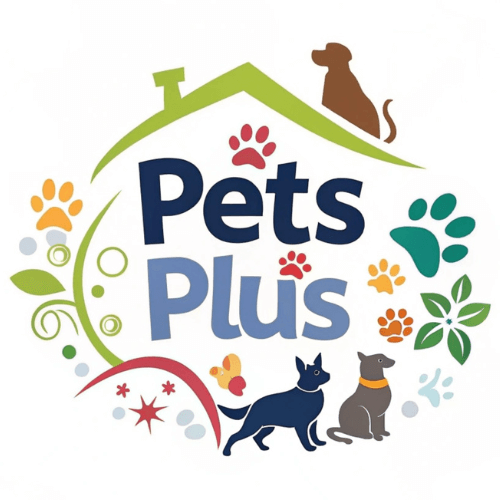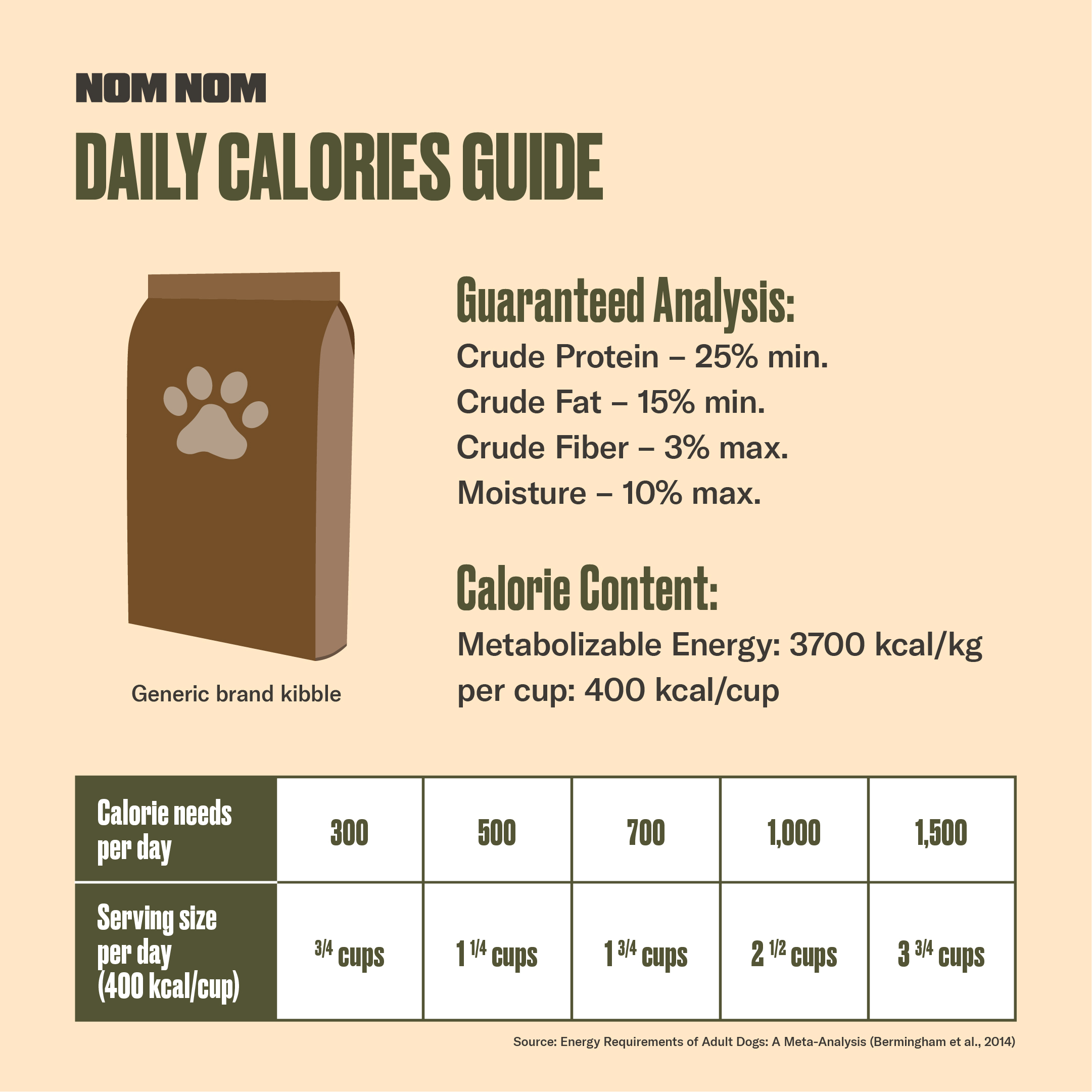As a pet owner, you always want to make sure that your furry friend is getting the best possible nutrition. One important factor to consider when choosing the right dog food is the number of calories it contains. But what exactly does “Kcal” mean when it comes to dog food?
Kcal, or kilocalorie, is a unit of measurement used to describe the energy content of food. In the context of dog food, Kcal refers to the number of calories in each serving. Understanding the Kcal content of your dog’s food can help you ensure that they are receiving the appropriate amount of energy to maintain a healthy weight and active lifestyle. So, let’s dive deeper into the world of Kcal in dog food and learn how to make informed decisions about your pet’s nutrition.
Kcal stands for kilocalorie, which is a unit of measurement for energy. In dog food, Kcal is used to measure the amount of energy provided by the food. This measurement is important because it helps pet owners determine how much food to feed their dogs based on their energy needs. It’s important to note that Kcal is different from calories, as one Kcal equals 1,000 calories.
Understanding Kcal in Dog Food
Kcal is a term commonly used in the world of dog food. It is an abbreviation for kilocalories, which is a measure of energy. As a dog owner, understanding the role of Kcal in your dog’s diet is important for ensuring that your furry friend receives the right amount of energy to stay healthy and active. In this article, we will explore what Kcal is and how it impacts your dog’s diet.
What are Kcal in Dog Food?
Kcal measures the amount of energy that a dog food provides. It is the amount of heat required to raise the temperature of one kilogram of water by one degree Celsius. In simple terms, Kcal is a measure of how much energy your dog can obtain from a certain amount of food.
The Kcal content of dog food is usually listed on the packaging. It is important to note that the Kcal content can vary depending on the brand, type, and flavor of the food. The Kcal content is also affected by the dog’s age, weight, activity level, and overall health.
How do Kcal Impact Your Dog’s Diet?
Kcal plays a crucial role in your dog’s diet. Dogs require a certain amount of energy to maintain their bodily functions and carry out their daily activities. Feeding your dog the right amount of Kcal will ensure that they have the necessary energy to stay healthy and active.
It is important to note that feeding your dog too many Kcal can lead to weight gain and other health issues. On the other hand, feeding your dog too few Kcal can lead to malnourishment and a lack of energy. Therefore, it is essential to choose a dog food with the appropriate Kcal content based on your dog’s age, weight, and activity level.
The Benefits of Kcal in Dog Food
Choosing a dog food with the right Kcal content has many benefits. Here are some of the benefits of Kcal in dog food:
1. Provides energy: Kcal is the primary source of energy that your dog needs to maintain their bodily functions and carry out their daily activities.
2. Promotes healthy weight: Feeding your dog the right amount of Kcal can help them maintain a healthy weight and prevent obesity.
3. Supports growth and development: Puppies require more Kcal than adult dogs to support their growth and development.
4. Helps maintain muscle mass: Feeding your dog the right amount of Kcal can help them maintain their muscle mass and prevent muscle loss.
Kcal vs. Calories
Kcal and calories are often used interchangeably, but they are not the same thing. Kcal is a measure of energy that is equal to 1,000 calories. Therefore, when you see a dog food label that lists the Kcal content, it is actually referring to the number of calories.
It is important to note that the calorie content of dog food can vary depending on the brand, type, and flavor of the food. Therefore, it is essential to choose a dog food with the appropriate calorie content based on your dog’s age, weight, and activity level.
Choosing the Right Kcal Content for Your Dog
Choosing the right Kcal content for your dog can be a daunting task. However, by considering your dog’s age, weight, and activity level, you can choose a dog food with the appropriate Kcal content.
Here are some guidelines to help you choose the right Kcal content for your dog:
1. Puppies require more Kcal than adult dogs to support their growth and development.
2. Active dogs require more Kcal than sedentary dogs.
3. Senior dogs may require fewer Kcal than adult dogs to maintain a healthy weight.
4. Overweight dogs may require a dog food with fewer Kcal to help them lose weight.
The Bottom Line
Kcal is a measure of energy that plays a crucial role in your dog’s diet. Feeding your dog the right amount of Kcal will ensure that they have the necessary energy to stay healthy and active. By considering your dog’s age, weight, and activity level, you can choose a dog food with the appropriate Kcal content to meet their nutritional needs.
Frequently Asked Questions
Here are some common questions about Kcal in dog food:
What is Kcal in dog food?
Kcal stands for kilocalories, which is a unit of measurement for energy. In dog food, Kcal is used to measure the amount of energy a dog can get from consuming the food. It is important to know how many Kcal a dog needs in order to maintain a healthy weight and provide enough energy for their daily activities.
The number of Kcal a dog needs can vary based on their size, age, activity level, and other factors. It is important to consult with a veterinarian to determine the appropriate amount of Kcal for your dog’s specific needs.
How do I calculate the Kcal in my dog’s food?
To calculate the Kcal in your dog’s food, you will need to look at the nutrition label on the packaging. Look for the “calories” section and find the number of Kcal per cup or per serving. Multiply that number by the number of cups or servings your dog eats in a day to determine their daily Kcal intake.
Keep in mind that this is just an estimate and your dog’s actual Kcal needs may vary. It is important to monitor your dog’s weight and adjust their food intake as needed to maintain a healthy weight.
What happens if my dog eats too many Kcal?
If your dog eats too many Kcal, they may become overweight or obese. This can lead to a variety of health problems, including joint pain, heart disease, and diabetes. It is important to monitor your dog’s weight and adjust their food intake as needed to maintain a healthy weight.
You can also help your dog maintain a healthy weight by providing regular exercise and avoiding high-calorie treats and table scraps.
What happens if my dog doesn’t get enough Kcal?
If your dog doesn’t get enough Kcal, they may become underweight or lethargic. This can be a sign of a health problem or a lack of proper nutrition. It is important to consult with a veterinarian to determine the appropriate amount of Kcal for your dog’s specific needs.
In some cases, a lack of Kcal may be due to a medical condition that requires treatment. Your veterinarian can help diagnose and treat any underlying health issues.
Can I change my dog’s food to adjust their Kcal intake?
Yes, you can change your dog’s food to adjust their Kcal intake. Look for a dog food that provides the appropriate amount of Kcal for your dog’s specific needs. It is important to transition your dog to the new food gradually to avoid digestive upset.
If you are unsure about how to adjust your dog’s food, consult with a veterinarian for guidance.

DOG FEEDING CALORIES Understanding (ME) Metabolizable Energy Kcal/kg Kcal/cup
Understanding what Kcal is in dog food is essential for pet owners who want to provide their furry friends with a healthy and balanced diet. Kcal, or kilocalorie, is a measurement of the energy content of food. It is the amount of heat energy required to raise the temperature of one kilogram of water by one degree Celsius. In dog food, Kcal is used to measure the amount of energy that is available to your pup from the food they consume.
As a professional writer, I urge pet owners to pay close attention to the Kcal content of their dog’s food. Feeding your dog the right amount of calories is crucial to maintaining their overall health and well-being. Overfeeding your dog can lead to obesity, which can cause a range of health problems, including joint issues, diabetes, and heart disease. On the other hand, underfeeding your dog can lead to malnutrition, which can cause a range of health issues, including weak bones, a weakened immune system, and even death. By understanding what Kcal is and how it affects your dog’s diet, you can ensure that your furry friend is getting the right amount of calories to stay healthy and happy.

